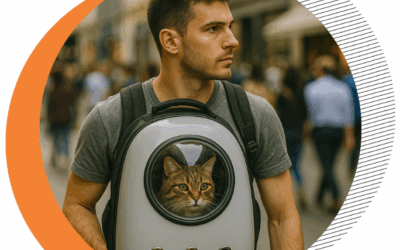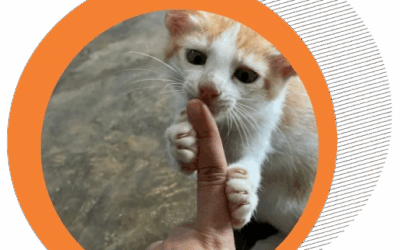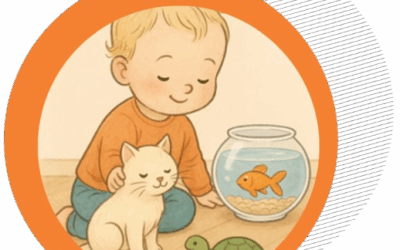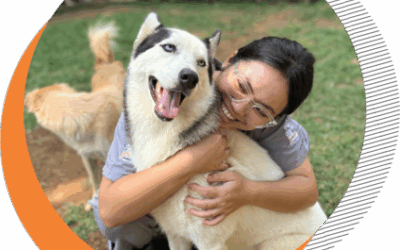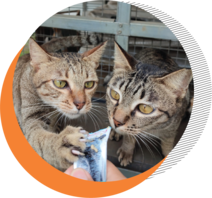
Indonesia’s
Concerning Issue with
Staged Animal Rescue
Videos – and How to
Spot Them
By: Isabelle-Angelica Schosser
In times of social media and value generated by shared clips, likes and comments, the business
behind fake, animal rescue videos has dramatically increased within the last years. Masked as legit rescue operations, supposedly, good-hearted persons can be seen saving animals from dire and heartbreaking situations. Going viral, they often receive millions and the actors disguised as animal lovers, being praised as heroes by unknown netizens. With this relatively new phenomenon of staged animal rescues, abuse is masking itself in the most perfidious way: by appealing towards empathy.
In 2020, Indonesia was named amongst the countries with the highest amount of fake rescue
videos worldwide. Over a period of several months, the social media section of Asia for Animals Coalition (SMACC) analyzed and gathered hundreds of clips from platforms such as YouTube, TikTok and Instagram. The concerning result: Alone those 5480 links identified by SMACC as „fake“ had more than 5 Billion views.
Staged rescue videos are animal abuse, causing severe damage both physically and mentally to animals every day. In addition, many of them are killed after, fulfilling their cause or dumped back on the streets. An unknown number of animals further being killed during ”failed” filming attempts – while trying to document the ultimate rescue operation. The more dramatic the rescue, the more views it will generate – because viewers love emotional content.
How to spot fake animal rescue videos?
However, it is relatively easy to tell apart staged from legitimate rescue videos. Fake clips usually use particularly cheesy music as background and when netizens ask for further information regarding the animal’s condition, they either ignore those questions, react hostile or block the person raising concerns. Keep in mind that a legit organization, no matter how small, is always happy to provide you with more information!
Furthermore, you can ask yourself the following questions, using common sense while remaining
cautious of red flags, whenever being exposed to content involving animal rescues:

What can I further do to prevent animal abuse in the form of staged rescue videos?
Report the video in question, since the more people report it, the more likely it will be removed from the platform. It is furthermore important to emphasize that those clips and therefore, the sad and cruel reality of animal abuse behind it, can only continue to exist as long as people buy into it. You can help by informing and educating your friends and family about the issue. Many well-intended people are still unaware of the existence of fake animal rescue videos and continue sharing them while being under the impression of doing something good.
What can I further do to prevent animal abuse in the form of staged rescue videos?
It is therefore important to increase widespread educational campaigns, informing people about
the many (often hidden) forms of animal abuse.
With Indonesia staggering numbers of staged animal rescue videos, a lack of action not only
harms, traumatizes and kills hundreds of thousands of animals every day, it also signals apathy towards violence in the middle of our society. It is safe to say that the internet not only has an increasing influence on our everyday life but also leads to new forms of abuse, posing new challenges for both human and animal rights organisations. Legal and political measures are urgently needed to counter perfidious acts of animal abuse in the name of „going viral“. With governmental help, we netizens have to start taking forms of online-abuse as serious as every other form of violence.
Related Post :
